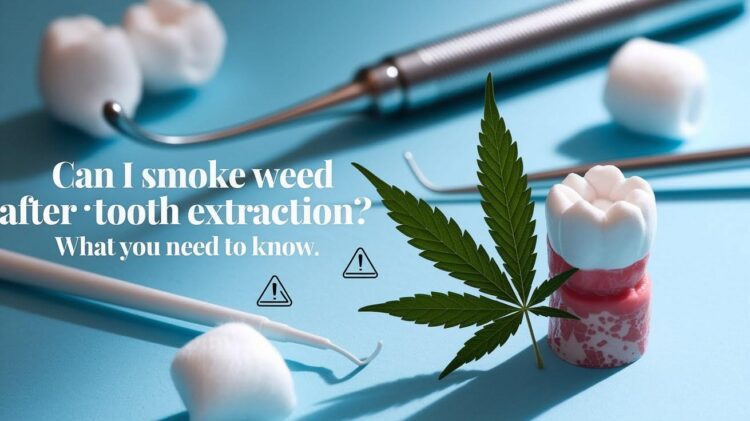You just had a tooth pulled, and you’re wondering: “Can I smoke weed after tooth extraction?” This question comes up constantly in dental offices across the country. Many marijuana users feel confused about what’s safe during recovery.
Here’s the truth: smoking too soon can cause serious problems. The biggest risk is something called dry socket, which creates intense pain that’s often worse than your original tooth problem.
This article will give you everything you need to know about smoking marijuana after tooth extraction, including exact waiting periods, why timing matters, and safe alternatives for pain management.
Why trust this information? We’ve consulted with dental professionals and reviewed current medical research. Every recommendation comes from established dental practices and patient safety guidelines.
Your recovery matters, so let’s get you the facts you need to heal properly and avoid complications.
The Direct Answer – Can You Smoke Weed After Tooth Extraction?
Smoking weed immediately after tooth extraction is dangerous because it can dislodge your protective blood clot through suction, reduce blood flow, and cause chemical irritation, leading to painful dry socket complications.
1. The Simple Answer
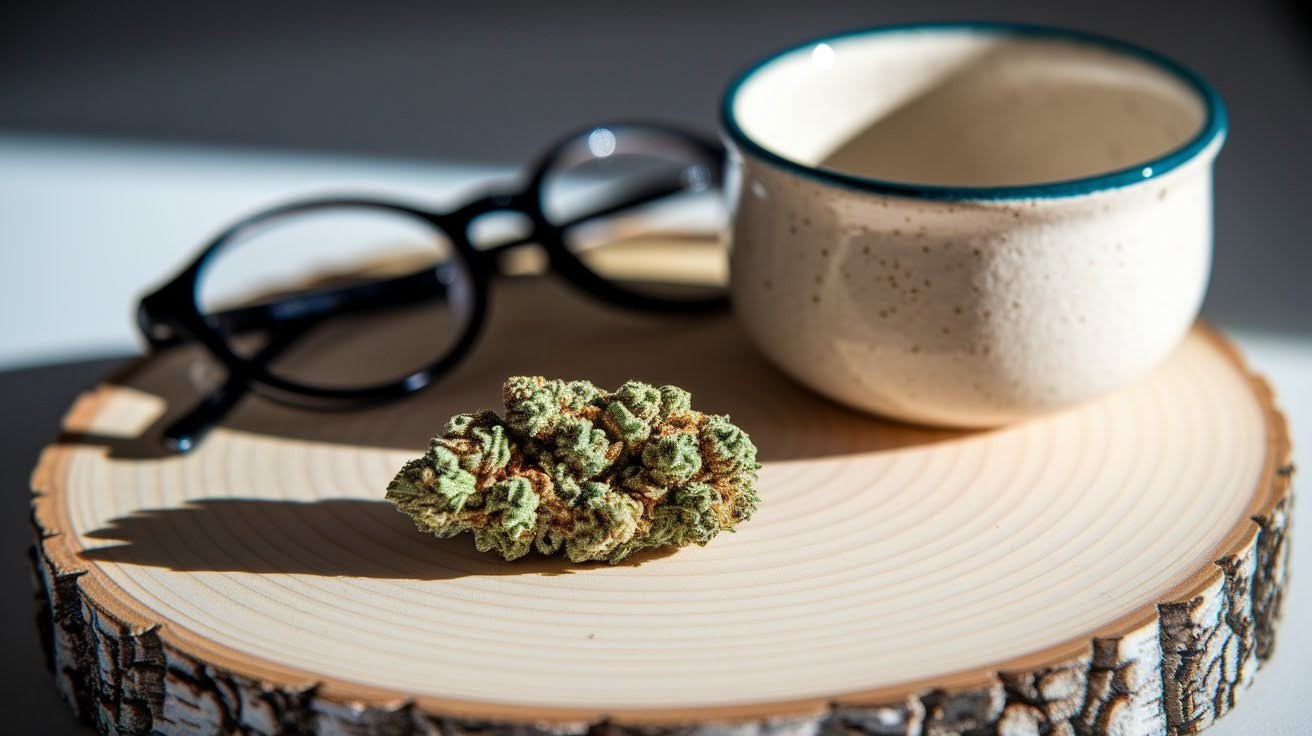
Let me be completely clear with you about this. NO – Smoking weed is not safe immediately after tooth extraction.
You need to wait. The minimum waiting period is 24-72 hours before even considering smoking. Most dental professionals recommend waiting the full 72 hours for your safety.
Why the wait? Your primary concern should be dry socket development. This condition causes severe pain that can be worse than your original tooth problem. It happens when the protective blood clot gets disrupted.
Here’s what makes smoking dangerous after extraction:
Suction action from smoking can dislodge your blood clot. Reduced blood flow to the extraction site slows healing. Chemical irritation from smoke affects the wound. Heat exposure can damage sensitive tissue.
But there’s more you need to know.
Your mouth is vulnerable right after extraction. The healing process depends on the blood clot staying in place. Smoking threatens this protection when you need it most.
I know waiting isn’t what you wanted to hear, but your healing comes first.
2. Why This Matters for Your Recovery

Your recovery depends on one crucial thing: protecting the blood clot at your extraction site. This clot acts like a natural bandage over the open wound where your tooth used to be.
Think of it this way. When you get a cut on your skin, a scab forms to protect the healing tissue underneath. Your extraction site works the same way, except the “scab” is a blood clot.
Smoking disrupts this process. The suction action can pull the clot right out of the socket. Without this protection, your bones and nerves become exposed to air, food, and bacteria.
Here’s what happens when healing gets disrupted:
Pain becomes intense and often worse than your original tooth pain. Healing slows down significantly as your body struggles to start over. Infection risk increases because bacteria can enter the open wound. Recovery time extends far beyond the normal healing period.
But the problems don’t stop there.
Long-term complications can affect your mouth for weeks or months. You might need additional dental visits, stronger pain medications, or special treatments to fix the damage.
Your comfort matters. Following the waiting period keeps you on track for smooth, fast healing.
Understanding Dry Sockets – The Primary Risk
A dry socket occurs when the protective blood clot dislodges from your tooth extraction site, exposing bone and nerves to air and causing severe pain that’s often worse than the original tooth problem.
1. What Are Dry Sockets?

A dry socket is exactly what it sounds like – an empty tooth socket where the protective blood clot has disappeared. The medical term is “alveolar osteitis,” but dry socket is much easier to understand.
Here’s how it normally works. After your tooth gets removed, blood fills the space and forms a clot. This clot covers the exposed bone and nerve endings like a protective shield.
Blood clots are your best friend during recovery. They keep bacteria out, protect sensitive tissue, and provide a foundation for new tissue growth. Without this clot, your extraction site becomes vulnerable.
But what happens when the clot dislodges?
The socket becomes empty and looks like a dark, hollow space. Bone becomes visible at the bottom of the socket. Nerve endings get exposed to air, saliva, and food particles. Pain shoots through your jaw with every breath or movement.
Think about touching an open wound. That’s essentially what happens inside your mouth when the clot disappears. Every sip of water, every breath of air, and every word you speak can trigger sharp pain.
The exposed bone and nerves create some of the worst dental pain you can experience. This isn’t just discomfort – it’s intense, throbbing pain that can radiate through your entire jaw.
2. Symptoms and Pain Levels
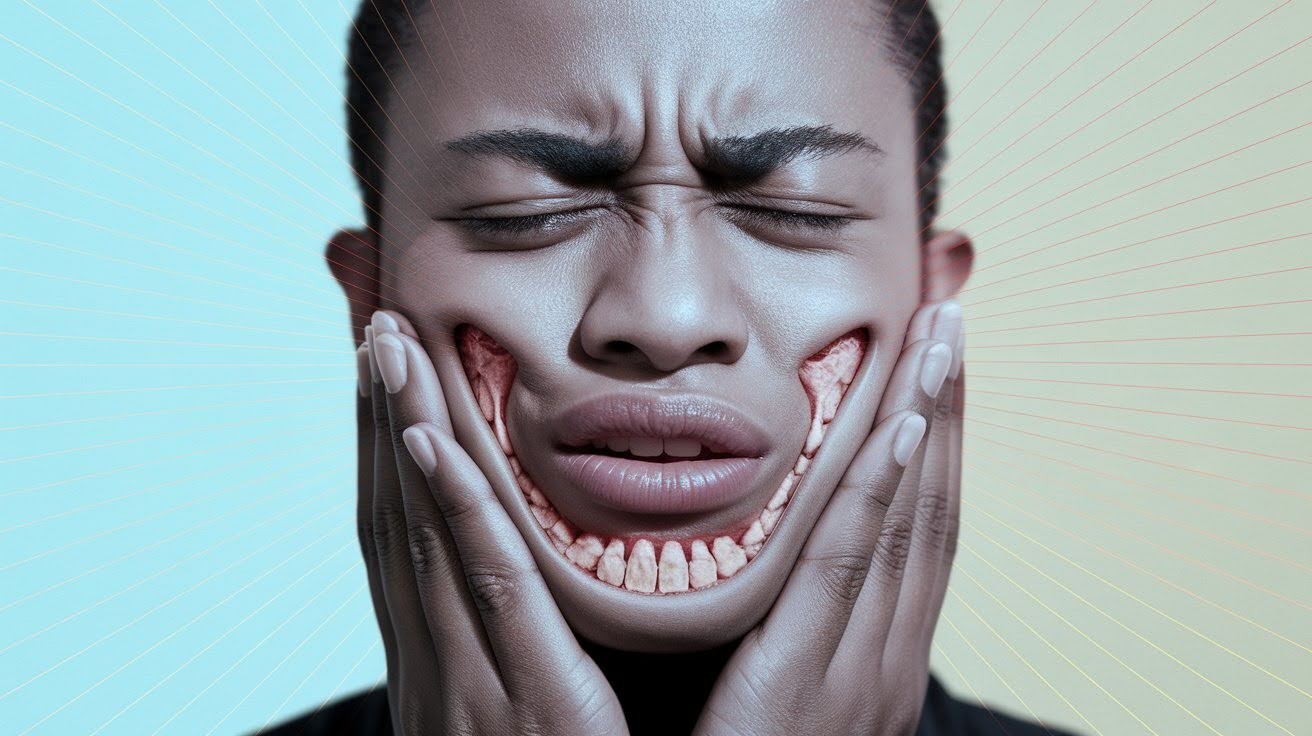
The pain from a dry socket is absolutely brutal. I need you to understand just how intense this can get.
It’s often worse than your original tooth pain. Many patients say the dry socket pain is the worst they’ve ever experienced. The pain usually starts 2-3 days after extraction and hits you like a freight train.
Here’s what you’ll feel if dry socket develops:
Sharp, shooting pain that radiates through your jaw and up to your ear. Throbbing aches that get worse when you lie down. Extreme sensitivity to air, water, and any touch. Bad breath or taste that won’t go away, no matter what you do.
But here’s the worst part.
The exposed bone is incredibly sensitive. Every breath you take, every sip you drink, and every word you speak can trigger waves of pain. It’s like having a raw nerve constantly stimulated.
Your healing stops completely. Instead of getting better each day, you’re stuck in a cycle of intense discomfort. The pain can interfere with eating, sleeping, and normal daily activities.
Duration varies but typically lasts 5-7 days without treatment. With proper dental care, relief can come within 24-48 hours. However, complete healing may take several weeks longer than normal recovery.
3. How Smoking Causes Dry Sockets
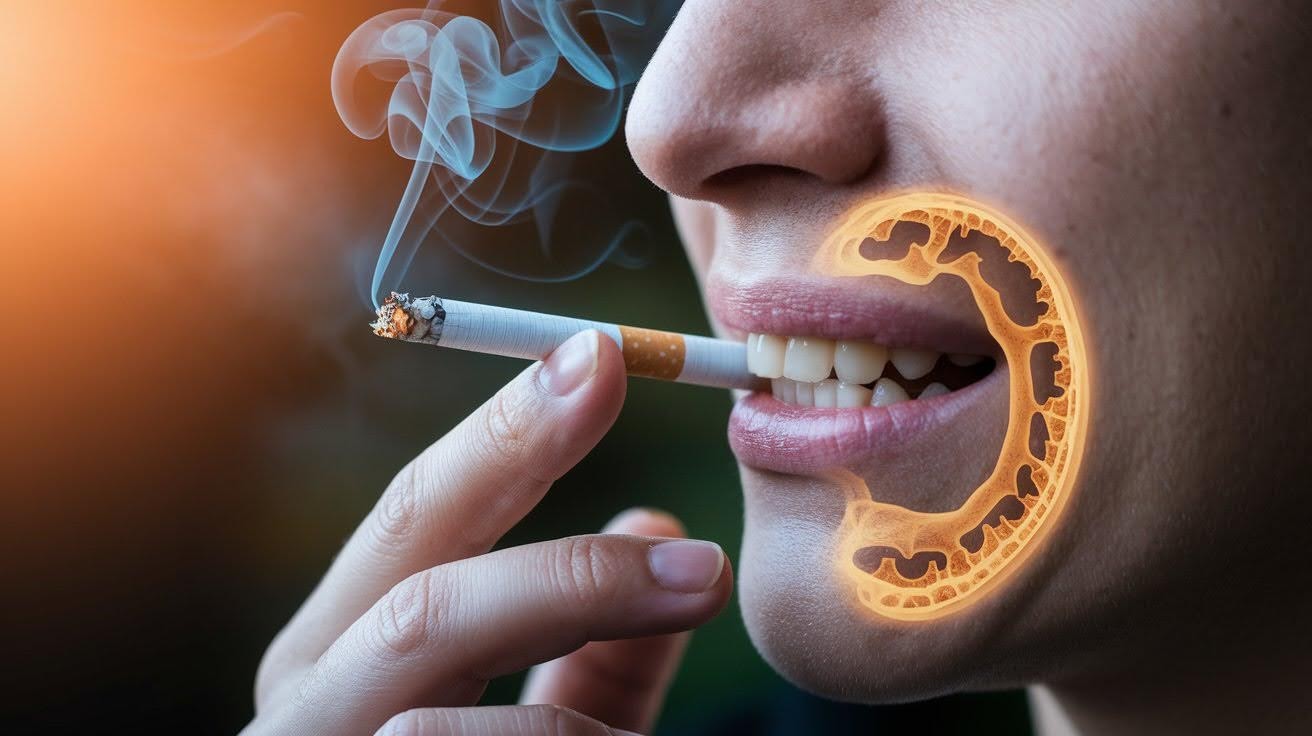
Smoking attacks your healing process in multiple dangerous ways. Let me break down exactly how this happens.
Blood flow gets restricted to your extraction site when you smoke. Your blood vessels tighten up, reducing the oxygen and nutrients your wound needs to heal.
Smoking increases fibrinolytic activity – your body’s process for breaking down blood clots. Normally, this happens slowly, but smoking speeds it up when you need that clot to stay put.
Here’s how smoking destroys your clot:
Chemicals in smoke trigger enzymes that dissolve blood clots. Suction from inhaling creates pressure that can physically pull the clot out. Heat and irritation weaken the clot’s attachment to your socket walls.
The numbers are scary. Smokers have a 3-4 times higher risk of developing dry socket compared to non-smokers.
Think about it this way: While your body tries to protect the extraction site, smoking undermines every protective mechanism you have. Your clot becomes weak, unstable, and likely to fail when you need it most.
The Science Behind Smoking Risks
Smoking restricts blood flow to your extraction site, reducing oxygen and nutrient delivery needed for healing while slowing tissue recovery and compromising your body’s natural repair processes.
1. Blood Flow and Healing
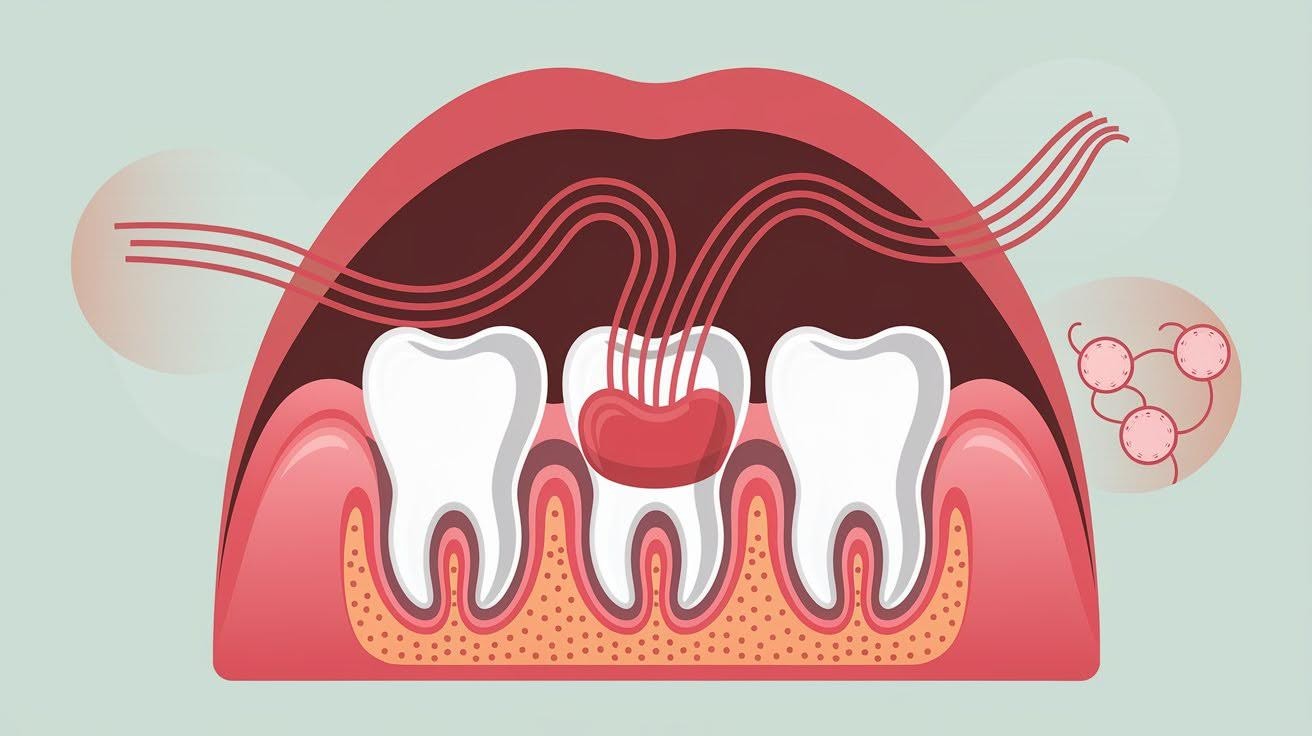
Your blood carries everything your mouth needs to heal properly. Smoking cuts off this vital supply when you need it most.
Restricted blood circulation happens immediately when you smoke. The chemicals cause your blood vessels to narrow, reducing flow to your extraction site. It’s like turning down the water pressure when you’re trying to fill a bucket.
Your natural healing process depends on good blood flow. Blood delivers white blood cells to fight infection, nutrients to build new tissue, and platelets to maintain your protective clot.
Smoking creates serious problems:
Oxygen delivery gets compromised because carbon monoxide takes up space that oxygen should occupy. Nutrient transport slows down as less blood reaches the healing area. Waste removal becomes difficult without proper circulation.
Tissue recovery gets significantly slower. Your extraction site can’t rebuild itself without an adequate blood supply. New tissue growth stalls, and existing tissue becomes weaker.
Think of your healing wound like a construction site. Without trucks delivering materials, the project stops. That’s exactly what happens when smoking restricts blood flow to your extraction site.
2. Suction and Pressure Effects
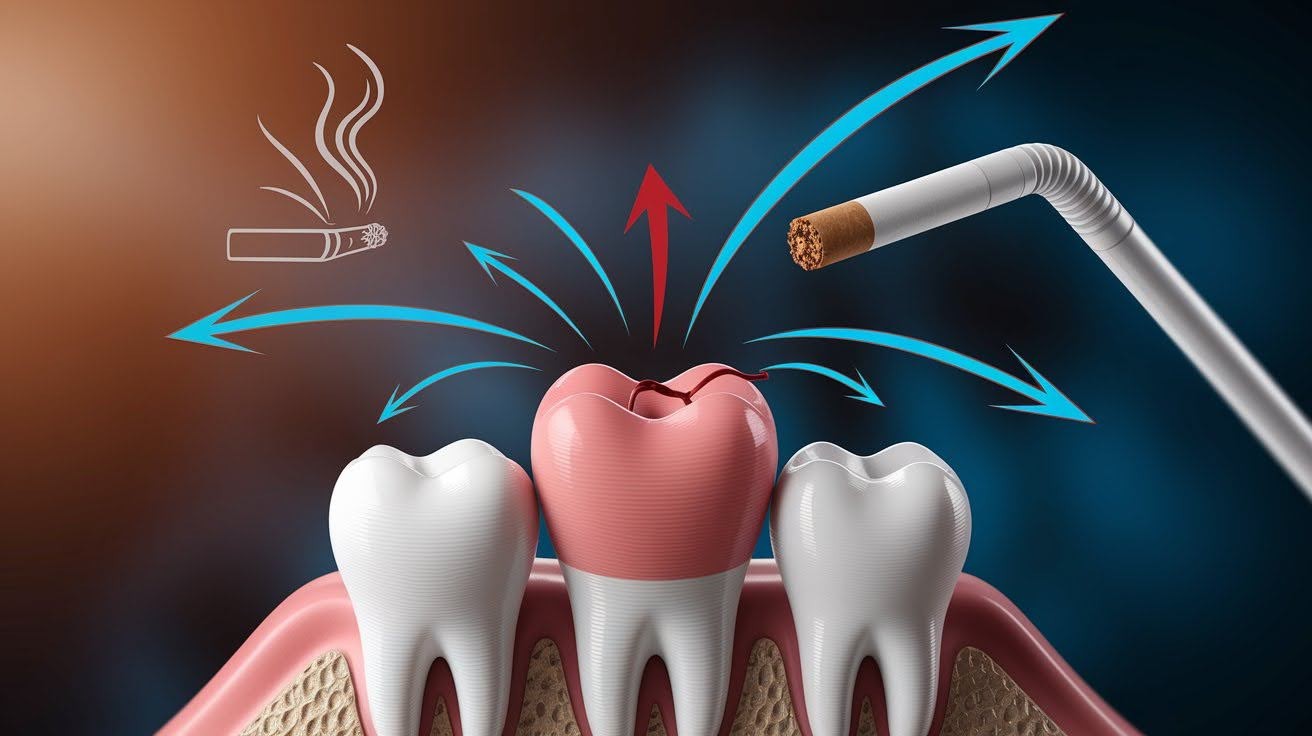
Smoking creates dangerous suction that can rip your blood clot right out of the socket. Every time you inhale, you’re creating negative pressure in your mouth.
It’s just like using a straw. Dentists tell you to avoid straws for the same reason they warn against smoking. The sucking motion threatens your healing clot.
Here’s how displacement happens:
Negative pressure forms when you draw smoke into your mouth. The clot gets pulled upward like a cork being yanked from a bottle. Your protective seal breaks and leaves the extraction site exposed.
The first 24 hours are critical. Your blood clot is still soft and fragile during this time. It hasn’t had enough time to firmly attach to your socket walls.
Think of it like wet cement. On the first day, your clot is still setting. Any disturbance can damage or destroy it completely. After 24-48 hours, the clot becomes more stable.
Even gentle suction can cause problems during this vulnerable period. One wrong puff can undo all your body’s healing work from the previous day.
Safe Timeline for Smoking After Extraction
Wait 72 hours (3 days) before smoking weed after a tooth extraction to allow your blood clot to properly strengthen and avoid weeks of potential dry socket complications.
1. Minimum Waiting Period
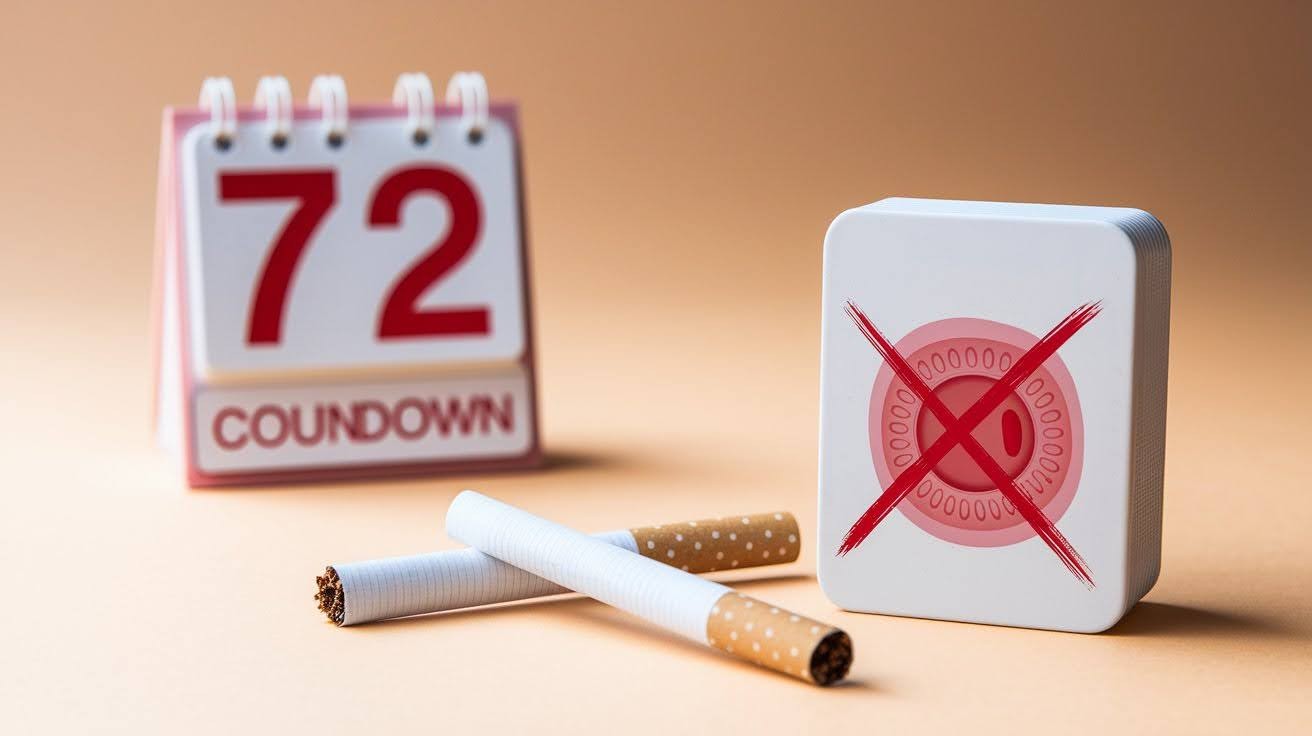
72 hours (3 days) is the recommended minimum waiting period before smoking weed after a tooth extraction. This isn’t just a suggestion – it’s based on how your body heals.
Some sources mention 24 hours as an absolute minimum consideration. But honestly, this is cutting it dangerously close. Your clot is still extremely fragile at the 24-hour mark.
Individual healing varies based on several factors:
Your age affects how quickly you heal. Overall health impacts recovery speed. Extraction complexity determines healing time. Smoking history influences your risk level.
But here’s the reality check.
Patience is essential for proper healing. I know 72 hours feels like forever when you’re used to regular use. But think about what’s at stake here.
Your blood clot needs time to firmly attach to the socket walls. During the first three days, it’s building strength and stability. Rushing this process can destroy days of healing progress.
Consider this: Would you rather wait three days or deal with weeks of intense dry socket pain? The choice becomes pretty clear when you put it that way.
Three days of patience can save you from complications that last much longer.
2. Factors Affecting Your Timeline
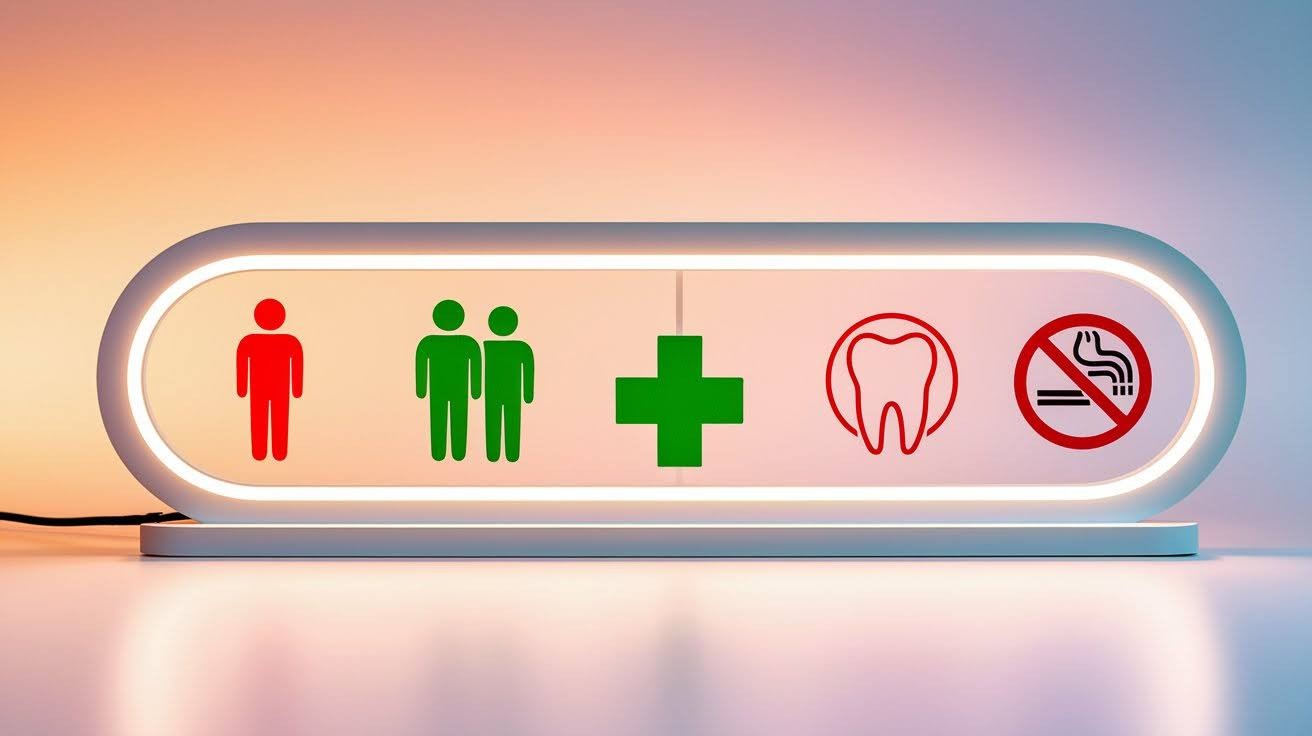
Not everyone heals at the same pace. Your timeline depends on several important factors that affect your recovery.
Extraction complexity makes a huge difference. Simple extractions heal faster than complicated ones. Wisdom teeth removals, especially impacted ones, require longer recovery times because they often involve surgical cutting and more tissue damage.
Individual healing speed varies dramatically. Young, healthy people typically heal faster, while older adults need more time for proper recovery. Your overall health condition plays a major role, too.
Health issues that slow healing include diabetes, heart conditions, immune system problems, and nutritional deficiencies. Each of these affects how quickly your extraction site recovers.
Your smoking habits directly impact your timeline. Heavy daily users face higher risks than occasional smokers because long-term smoking already compromises blood flow to healing tissues.
The bottom line? These factors can extend your waiting period beyond the standard 72 hours.
Conclusion
Now you know the answer to “can I smoke weed after tooth extraction” isn’t what most people want to hear, but it’s what you need to know. Wait at least 72 hours to avoid the serious risk of dry socket, which can cause excruciating pain and delayed healing.
Your extraction site needs time to form a protective blood clot. Smoking disrupts this process through suction, reduced blood flow, and chemical interference. The short-term discomfort of waiting beats weeks of potential complications.
Remember: factors like extraction complexity, your health, and smoking habits can extend this timeline. When in doubt, wait longer and consult your dentist for personalized guidance.
Found this helpful? Share it with someone facing a tooth extraction, or look into our other dental recovery guides. Your questions in the comments help other readers navigate their recovery safely.
Frequently Asked Questions
Can I smoke weed after a tooth extraction?
No, not immediately. You must wait at least 72 hours (3 days) after tooth extraction before smoking weed. Smoking too soon creates suction that can dislodge your protective blood clot, leading to dry socket and severe pain.
What happens if I smoke weed too soon after a tooth extraction?
You risk developing dry socket, a painful condition where your blood clot dislodges. This exposes bone and nerves, causing intense pain, often worse than your original tooth pain. Healing also slows significantly.
Can I use cannabis edibles instead of smoking after a tooth extraction?
Yes, edibles are safer than smoking because they don’t create suction or heat that can damage your extraction site. However, consult your dentist first, as some medications may interact with cannabis compounds.
How long should I wait to smoke after wisdom tooth removal?
At least 72 hours minimum, but wisdom tooth extractions often require longer waiting periods. Complex surgical extractions may need 5-7 days before smoking becomes safer. Always follow your dentist’s specific recommendations.
What are the signs of dry socket from smoking after extraction?
Severe pain that starts 2-3 days after extraction, visible bone in the empty socket, bad breath or taste, and pain that radiates to your ear. Seek immediate dental care if these symptoms occur.

